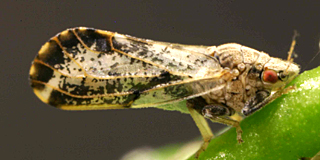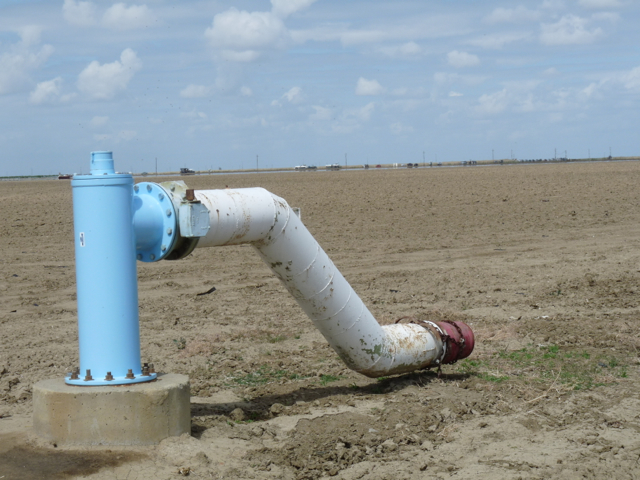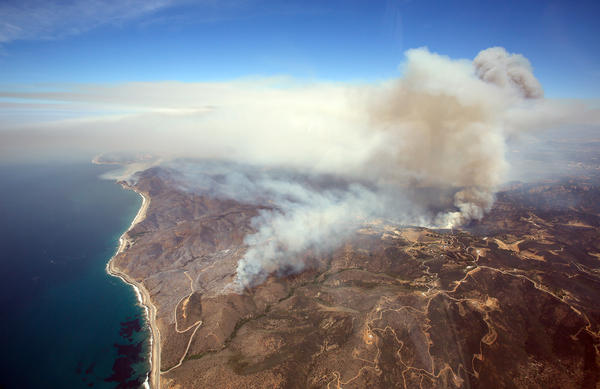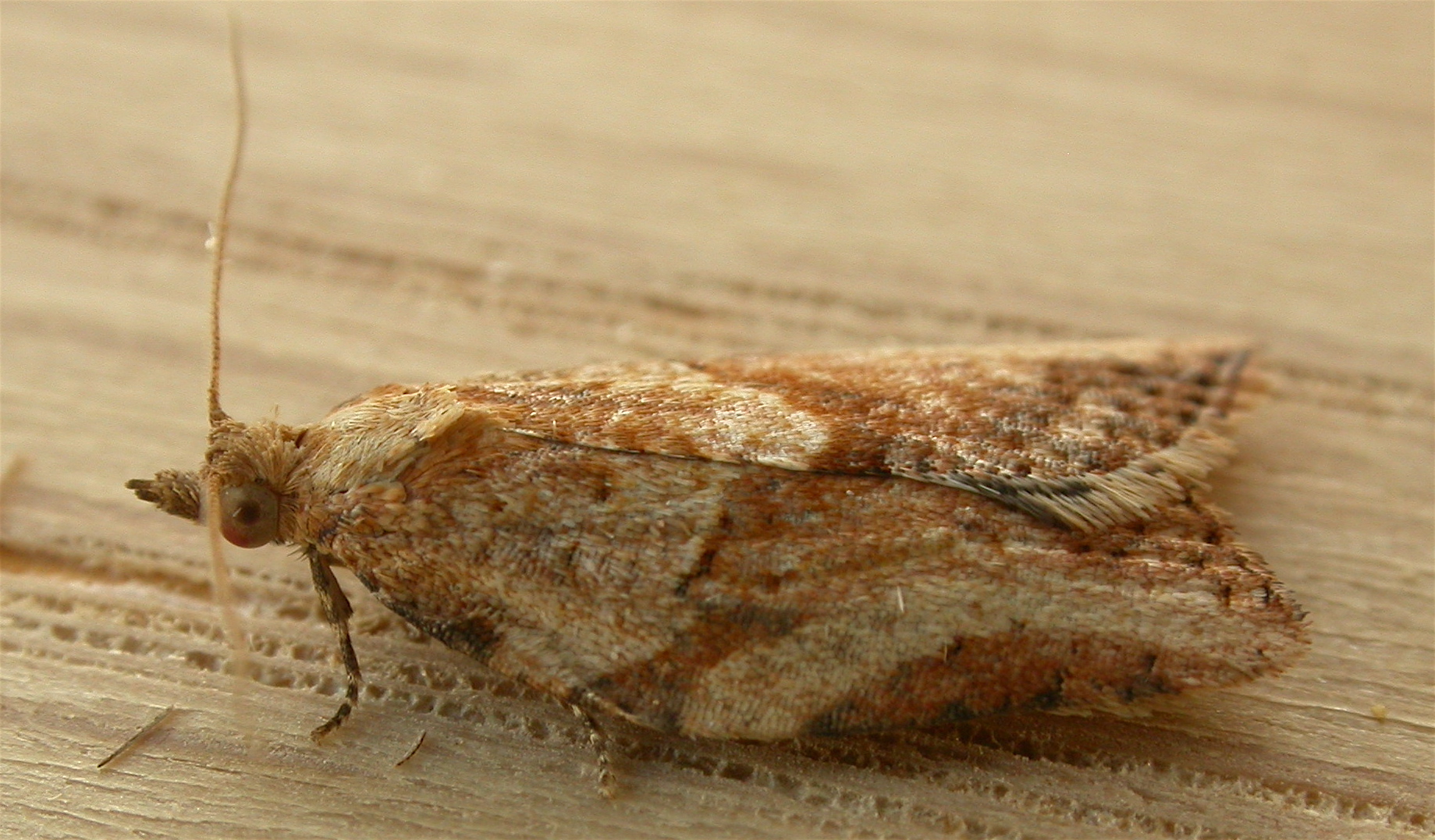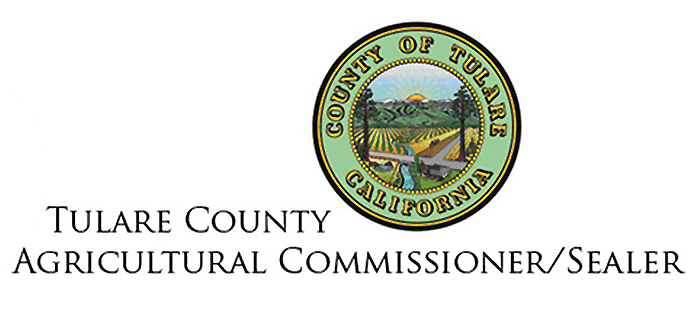Caifornia drought transforms global food
Source: Jeannette E. Warnert; ANR News Blog
Due to the California drought and what scientists believe will be a drier future, the state’s farmers will likely move away from commodity crops to focus on high-value products like almonds, pistachios and wine grapes, according to Richard Howitt, agricultural economist at UC Davis. Howitt was used as a source in a lengthy story on Bloomberg.com about repercussions worldwide of the three-year dry spell in the Golden State.
Another source was Dan Sumner, director of the UC Agricultural Issues Center. He said shifts in California ag trends reverberate globally.
“It’s a really big deal,” Sumner said. “Some crops simply grow better here than anyplace else, and our location gives us access to markets you don’t have elsewhere.”
California is the United States’ top dairy producer and grows half of the country’s fruit. In 2012, almonds became the state’s second-most valuable ag crop. The Washington Post reported that in the U.S., almond consumption has grown by more than 220 percent since 2005. In the late 2010s, almonds surpassed the long-running nut leader peanuts (not including peanut butter) in per capita consumption.
The Bloomberg article opened with the story the Fred Starrh‘s family farm in Kern County. The Starrh family was a prominent cotton grower for more than 70 years. The shifting global market and rising water prices prompted the family to replace more of their cotton plants with almonds.
“I can’t pay $1,000 an acre-foot (of water) to grow cotton,” said Starrh, 85.
California grows four-fifths of the world’s almonds, the Bloomberg story said, using enough water to meet the needs of 75 percent of the state’s population. An advocate for bigger water supplies for cities suggests in the story that farmers should be profitable, but it shouldn’t come at the expense of urban water ratepayers.


